Turmoil and tenacity in Libya

Libya has the largest oil reserves in Africa, and thereby also ranks as one of the world’s richest countries for this resource.[REMOVE]Fotnote: Opec Share of World Crude Oil Reserves, 2018, Opec. https://www.opec.org/opec_web/en/data_graphs/330.htm. Accessed 20 September 2021. The first fields were proven in 1959, the state-owned National Oil Corporation (NOC) was founded in 1970 – the year after a coup brought Muammar Gaddafi to power – and Libya joined the Organisation of the Petroleum Exporting Countries (OPEC) the same year.
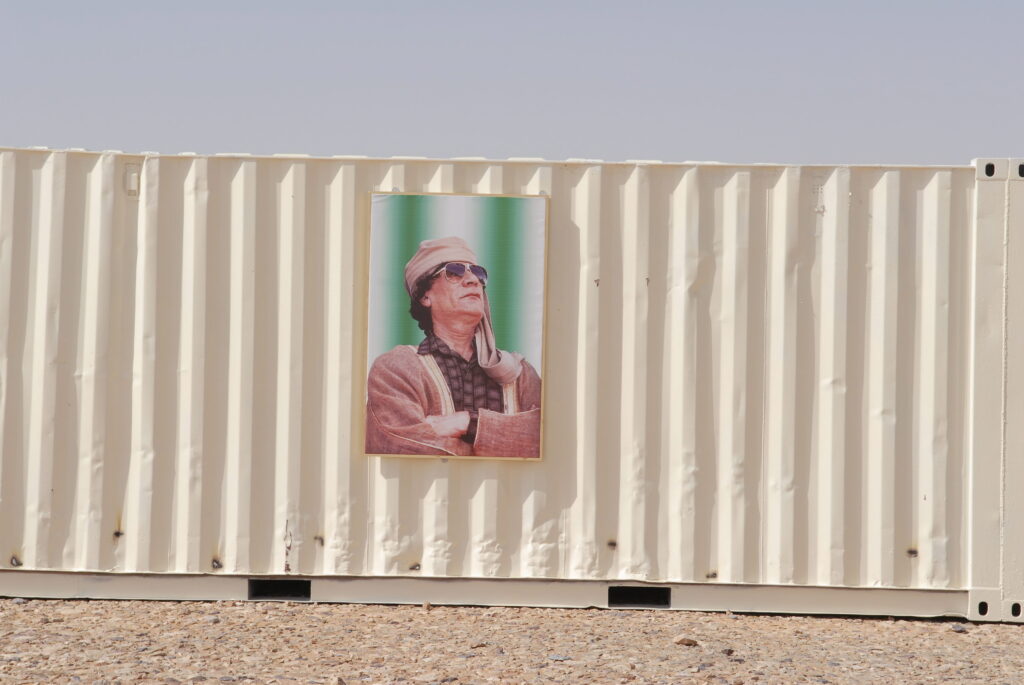
With Gaddafi in the saddle, the Libyan government quickly developed a hostile attitude to the USA. Relations with the west worsened as the 1980s progressed. Low oil prices after the 1986 slump put the country in a difficult position.
Libya was subject to tough UN sanctions in 1996 as a response to the Gaddafi regime’s alleged involvement in the downing of a passenger aircraft by a terrorist bomb over the Scottish town of Lockerbie in 1988. However, these restrictions were dropped in 1999, and foreign investment in the country increased substantially after the USA removed Libya in 2006 from its list of countries sponsoring terrorism.[REMOVE]Fotnote: Buru, Mukhtar Mustafa, “Libya”, Encyclopedia Britannica, subscription version, 21 September 2021. https://www.britannica.com/place/Libya.
Initial Norwegian involvement
The roots of Equinor’s present involvement in Libya go back to the mid-1990s, when Hydro defined the country as a core area for its business. This company judged that large quantities of undiscovered oil existed within Libya’s borders. Majority owned by the Norwegian state, the company did not see it as particularly problematic that the north African state was under tough international sanctions as a result of the Gaddafi regime’s support for terrorism.
Rather the opposite – Hydro’s top management is thought instead to have viewed the reluctance of US and British companies, in particular, to invest in Libya as an advantage. It emphasised that this created a less demanding competitive climate.[REMOVE]Fotnote: Lie, Einar, Oljerikdommer og internasjonal ekspansjon: Hydro 1977-2005, vol 3 of Hydros historie 1905-2005, Oslo, Pax Forlag, 2005: 403-406.
Hydro’s activity in Libya was modest in scope.4[REMOVE]Fotnote: Ibid. In 1999, it took over an existing involvement in the country by Saga Petroleum when this privately owned Norwegian oil company was acquired and broken up by Hydro and Statoil. That Libyan acquisition would later have serious consequences when Hydro’s oil and energy division merged with Statoil.
For its part, the latter had scarcely got started in Libya before that merger. It established a presence in Tripoli, the capital, in 2005 when it secured an interest together with a number of other oil companies in two exploration licences for five years.
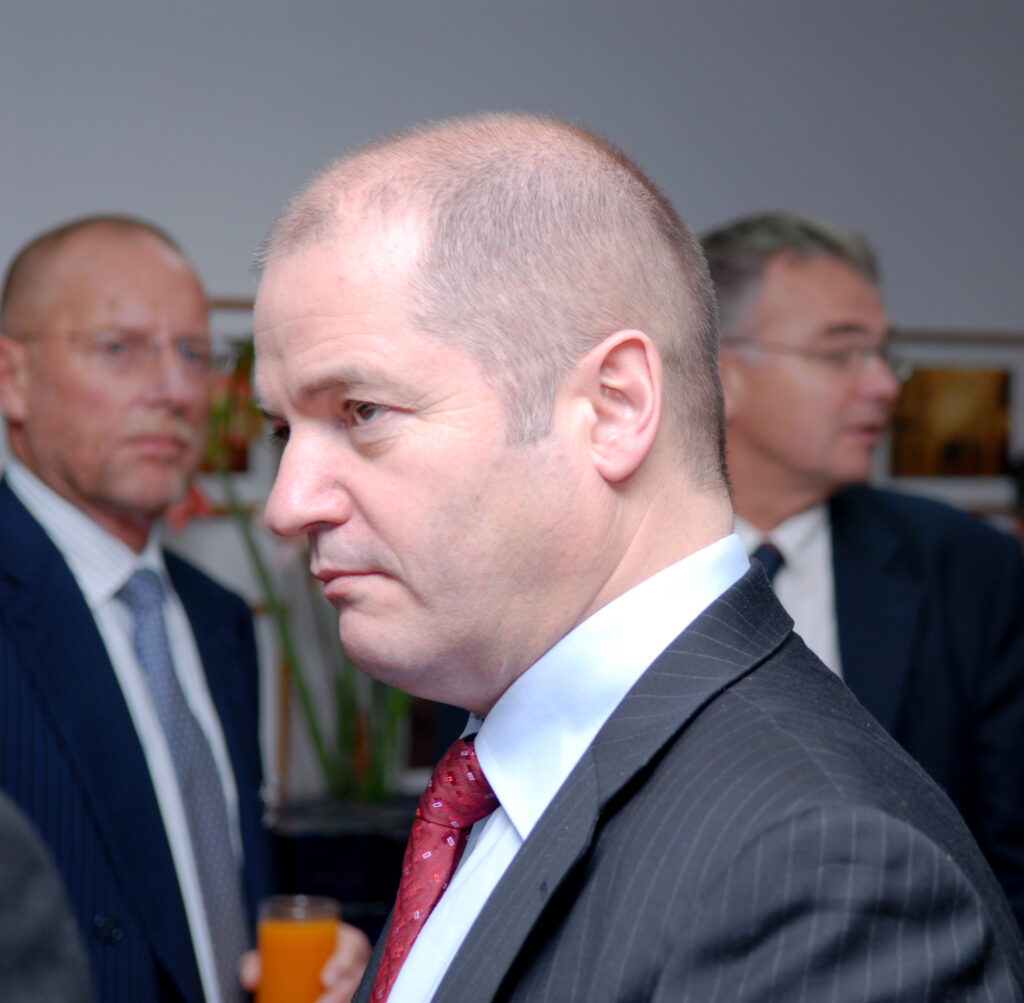
This office was officially opened in December 2006 by Odd Roger Enoksen, the Centre Party politician who was then Norway’s minister of petroleum and energy. Peter Mellbye, head of Statoil’s department for international exploration and production, took the opportunity to express a hope that newly acquired experience from the company’s involvement in Algeria – then still fresh – would prove useful. Plans called for seismic surveying to start in 2007, with exploration drilling following in 2008.[REMOVE]Fotnote: “Libya office officially opened”, Equinor, 12 December 2006. https://www.equinor.com/en/news/archive/2006/12/12/LibyaOfficeOfficiallyOpened.html. Accessed 20 September 2021.
Libyan affair and Reiten
On 26 September 2007, just three days before Hydro’s oil and energy division was due to merge with Statoil, the alarm bells sounded at the latter over possible corruption related to the other company’s operations in Libya. This information became public on 1 October, when Hydro revealed in a stock exchange announcement that a review of its activities had uncovered questionable issues in consultancy agreements related to its Libyan operations.[REMOVE]Fotnote: Becker, Cecilie Langum, “Korrupsjonsmistanke i Hydro”, Dagens Næringsliv, 1 October 2007. https://www.dn.no/korrupsjonsmistanke-i-hydro/1-1-1006655. Accessed 20 September 2021.
These suspicions primarily concerned payments made to local consultant Abdurrazag Gammudi, which originated with Saga’s activities in the country subsequently taken over by Hydro. These remittances began to be paid in January 1999 as part of efforts to secure access to a new exploration target.
When Hydro took over, however, the company lost interest in that acreage because of uncertainty about whether the consultancy agreements were acceptable under its own ethical guidelines. But this also meant that no less than USD 6.85 million in fees were paid in order to cancel the agreements in 2000 and 2001.
The settlements were made with a view to pulling out of Libya, which nevertheless failed to happen because Hydro ultimately decided that its involvement there was ethical. In addition, USD 300 000 was paid to an operator of one of the fields where Hydro held a licence interest. A corresponding payment of USD 900 000 is said to have been halted for ethical reasons.[REMOVE]Fotnote: “Uregelmessigheter i Hydros Libya-engasjement”, ABC Nyheter, 1 October 2007. https://www.abcnyheter.no/penger/2007/10/01/53096/uregelmessigheter-i-hydros-libya-engasjement. Accessed 20 September 2021; Bjerke, Espen, “Alt om Libya-skandalen”, Dagens Næringsliv, 1 October 2007.
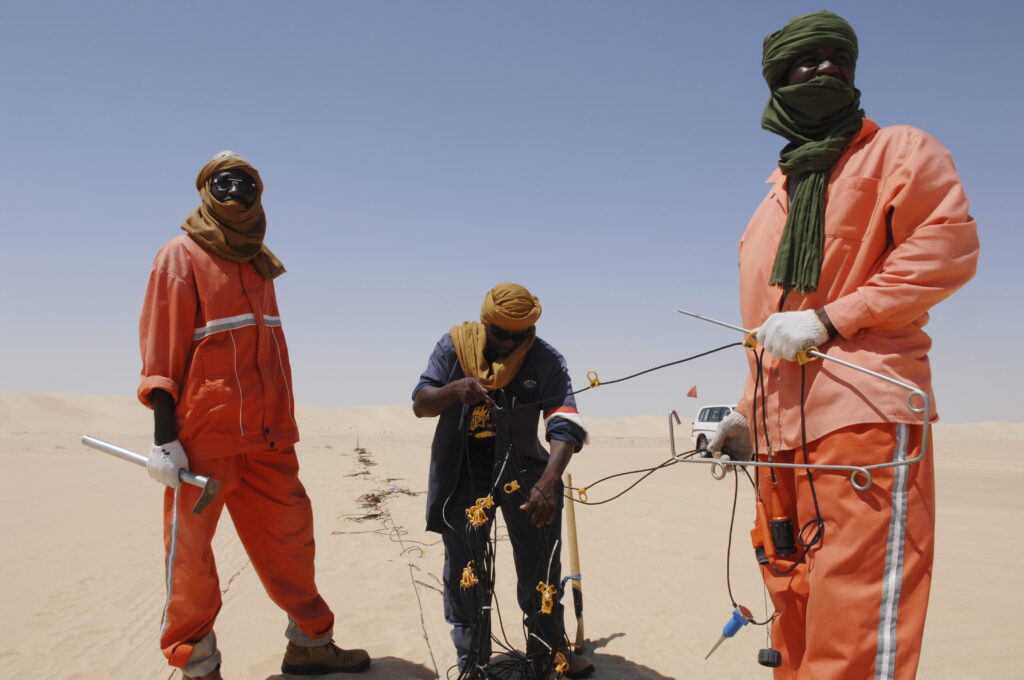
The position was serious because of Gammudi’s close ties to the Libyan government. In practice, he was allegedly an intermediary between the companies and the Gaddafi regime.[REMOVE]Fotnote: Andersen, Tor Øyvind and Heyerdahl, Sindre, “Hydros Libya-skandale: Statoil-topper går på dagen”, E24, 7 October 2008. https://e24.no/norsk-oekonomi/i/dO4oJA/hydros-libya-skandale-statoil-topper-gaar-paa-dagen. Accessed 20 September 2021. Questions were raised about Hydro’s awareness of these circumstances.
In consultation with the board, CEO Helge Lund at the merged StatoilHydro company took the initiative to establish an internal investigation of the case. US law firm Sidley Austin LLP was hired to work with Norwegian counterpart Simonsen Advokatfirma DA. StatoilHydro’s corporate auditors were to assist, with all Hydro’s consultancy agreements in the petroleum sector subjected to a fresh review.[REMOVE]Fotnote: Annual report, Statoil, 2007: 56.
This occurred only a few years after Statoil had been involved in a corruption scandal in Iran which led to the departure of then CEO Olav Fjell. At the time, Hydro CEO Eivind Reiten had maintained that his company had no reason to review its own consultancy agreements related to the international oil and gas business.[REMOVE]Fotnote: Becker, Cecilie Langum, “Korrupsjonsmistanke i Hydro”, Dagens Næringsliv, 1 October 2007. https://www.dn.no/korrupsjonsmistanke-i-hydro/1-1-1006655. Accessed 20 September 2021.
It might well be asked whether Reiten – who became chair of StatoilHydro on 1 October 2007 – should have known better, or failed to tell the full truth. He himself claimed the day after the revelations that he knew nothing about the payments.[REMOVE]Fotnote: Skaalmo, Siri and Lium, Per Arne, “Reiten visste ingenting”, Dagens Næringsliv, 7 October 2008. https://www.dn.no/-reiten-visste-ingenting/1-1-1238885. Accessed 21 September 2021. However, it has been alleged that the corporate management team considered them in detail and that the CEO should have known about them.[REMOVE]Fotnote: Sjølie, Øystein, “Reiten må ha kjent Libya-problemer”, E24, 2 October 2007. https://e24.no/norsk-oekonomi/i/QoJp9A/reiten-maa-ha-kjent-libya-problemer. Accessed 8 October 2021.
In any event, Reiten did not remain chair for long. He resigned on 4 October 2007 – only three days after the issue had become public knowledge and the merger between Statoil and Hydro’s oil and energy division had been implemented.[REMOVE]Fotnote: Bjørndal, Bente and Sparre, Martin Riber, “Det er veldig bittert”. Dagens Næringsliv, 4 October 2007. https://www.dn.no/-det-er-veldig-bittert/1-1-1008724. Accessed 8 October 2021.
Reiten was not the only person to suffer. Senior executives Tore Torvund and Morten Ruud, who had previously held high rank in Hydro, felt compelled to resign roughly a year later when two investigation reports concluded they had known more about the payments than previously thought.[REMOVE]Fotnote: Andersen, Tor Øyvind and Heyerdahl, Sindre, “Hydros Libya-skandale: Statoil-topper går på dagen”, E24 7 October 2008. https://e24.no/norsk-oekonomi/i/dO4oJA/hydros-libya-skandale-statoil-topper-gaar-paa-dagen. Accessed 20 September 2021; Andreassen, Trine, “StatoilHydro-direktører må gå”, Dagsavisen, 7 October 2008. The Libya affair left a big dent in the reputation of a merger which was meant to take advantage of all the strengths in two of Norway’s most important industrial companies.
Continued involvement and civil war
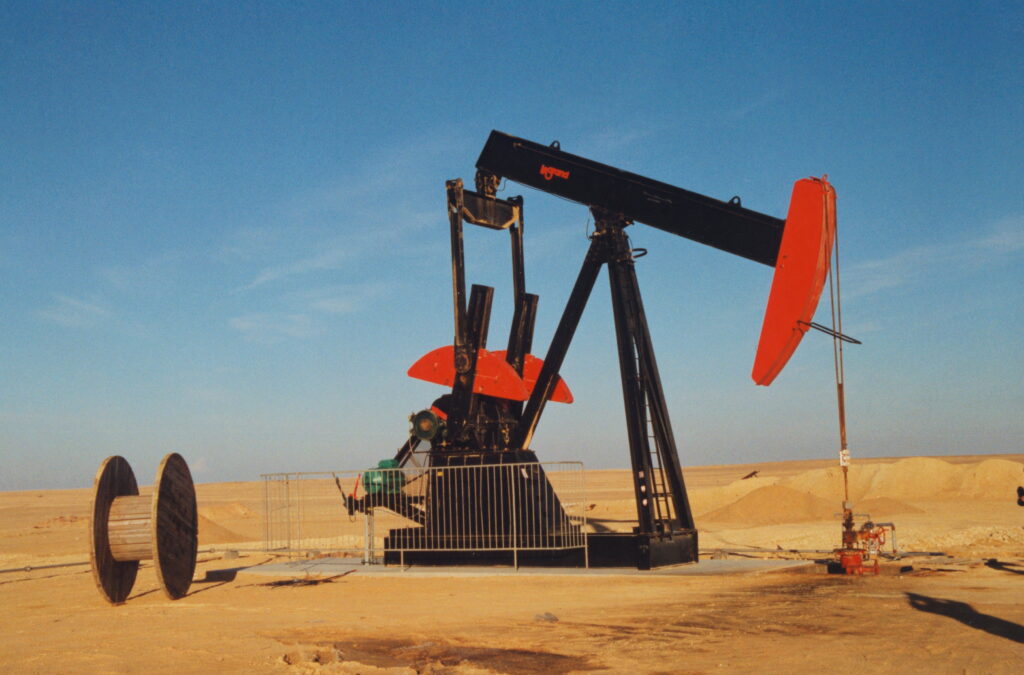
Nevertheless, the corruption scandal did not mean the company’s involvement in Libya was heading for the end. Equinor remains involved as a licence partner in the Murzuq basin in the south-west of the country and the Mabruk field to the north, with interests of 20 and 25 per cent respectively.
Domestic companies are involved as operators, with the NOC and Total among the other partners.[REMOVE]Fotnote: Libya, Equinor. https://www.equinor.com/where-we-are/libya. Accessed 8 October 2021. However, operation of these fields has not been without problems – and difficulties were still being experienced in 2021.
Pursuing oil operations in Libya has been a demanding business since 2011, when an uprising against the Gaddafi dictatorship erupted as part of the “Arab spring” and led to a civil war. Nato, including Norway as an important contributor, finally intervened actively with aerial bombardments under a UN mandate. Gaddafi was overthrown and killed. The country has since been plagued by continued internal conflict between alternative governments which have claimed power, and has also become a refuge for terrorist groups – including Islamic State (IS).
Oil historian Helge Ryggvik has claimed that the very active role played by Norway in Nato’s invasion of Libya must be viewed in relation to the latter country’s petroleum resources.[REMOVE]Fotnote: “Libya, olja og Statoil”, Gnist 3, 2011. https://marxisme.no/libya-olja-og-statoil/. Accessed 8 October 2021. However, Norwegian government representatives have distanced themselves from any such link.
Espen Barth Eide from the Labour Party, who was then state secretary (junior minister) in the Ministry of Foreign Affairs, has maintained that Norway’s participation in the bombing had to be viewed independently of commercial interests.[REMOVE]Fotnote: Zondag, Martin H W, “En bransje der man bruker de mulighetene som finnes”, NRK, 24 September 2011. https://www.nrk.no/urix/_-statoil-vil-ha-mer-olje-i-libya-1.7805554. Accessed 8 October 2021. Labour premier Jens Stoltenberg was also critical of the possibility that individual Nato members should secure benefits as a result of the attacks.[REMOVE]Fotnote: Ibid. Regardless of the underlying intentions, it appeared in the immediate aftermath that Norwegian petroleum interests might do well from the outcome of the civil war where access to oil resources was concerned.
Guma El-Gamaby, a representative of the National Transitional Council of Libya, stated as early as the summer of 2011 that countries which supported the bombing would probably be given priority in the award of oil contracts – a claim later repeated by council leader Mustafa Abdel-Jalil.[REMOVE]Fotnote: Ibid.
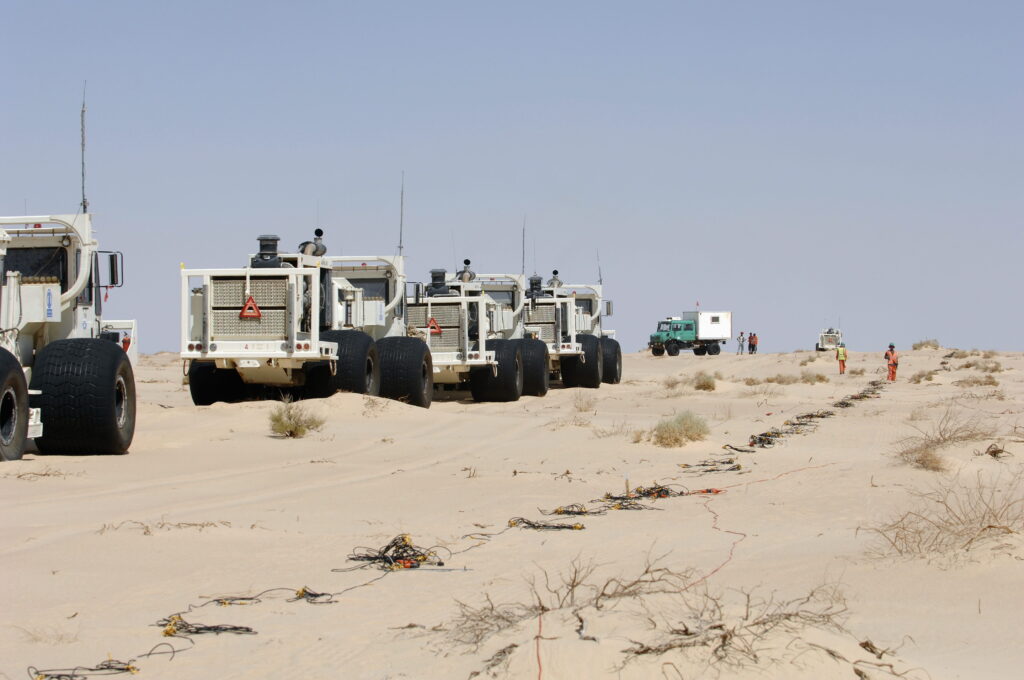
It is naturally difficult to determine whether this had practical consequences without knowing more about the soundings between the foreign affairs minister, other government authorities and Statoil. In any event, the Norwegian government was probably very concerned to avoid any possible contract awards being presented as a form of victory bonus.[REMOVE]Fotnote: Ibid. But it is nevertheless clear that Statoil has increased its engagement in Libya since 2011, in that its licence interests have been increased from five to 25 per cent in Mabruk and from 2.4 to 20 per cent in Murzuq.[REMOVE]Fotnote: Ibid; Libya, Equinor. https://www.equinor.com/where-we-are/libya. Accessed 8 October 2021. However, the company has not escaped the violent aftermath of the civil war for that reason, and the military action in 2011 was not the last time Statoil sent personnel home for safety’s sake. Turmoil in 2013 also persuaded the company to temporarily withdraw staff.
Because of the security position, too, operations at both Mabruk and Murzuq were suspended in 2014.[REMOVE]Fotnote: NTB, “Libya gjenåpner oljefelt”, NRK, 31 December 2013. https://www.nrk.no/urix/libya-gjenapner-oljefelt-1.11443371. Accessed 8 October 2021; Libya, Equinor. https://www.equinor.com/where-we-are/libya. Accessed 8 October 2021. This meant that Statoil also banned its own personnel from entering the country, but nevertheless maintained a presence in Libya with five local staff.[REMOVE]Fotnote: Langved, Åshild, “Nekter ansatte å dra til Libya”, Dagens Næringsliv, 23 October 2015. https://www.dn.no/politikk/libya/is-den-islamske-stat-/nekter-ansatte-a-dra-til-libya/1-1-5490088. Accessed 8 October 2021. Production from Murzuq resumed in 2017, but several attacks since then by various militia groups have caused temporary shutdowns.[REMOVE]Fotnote: Libya, Equinor. https://www.equinor.com/where-we-are/libya. Accessed 8 October 2021; “Some Libyan oil facilities restart operations – companies, engineers,” Reuters, 20 September 2020. https://www.reuters.com/article/uk-libya-oil-idUSKCN26B0A9. Accessed 8 October 2021. The Mabruk field had still not come back on stream in 2021, and it was uncertain when the security position would permit output to resume.[REMOVE]Fotnote: Lie, Einar, Oljerikdommer og internasjonal ekspansjon: Hydro 1977-2005, vol 3 of Hydros historie 1905-2005, Oslo, Pax Forlag, 2005
arrow_backSnøhvit – the “invisible” gas fieldSeabed separatorarrow_forward